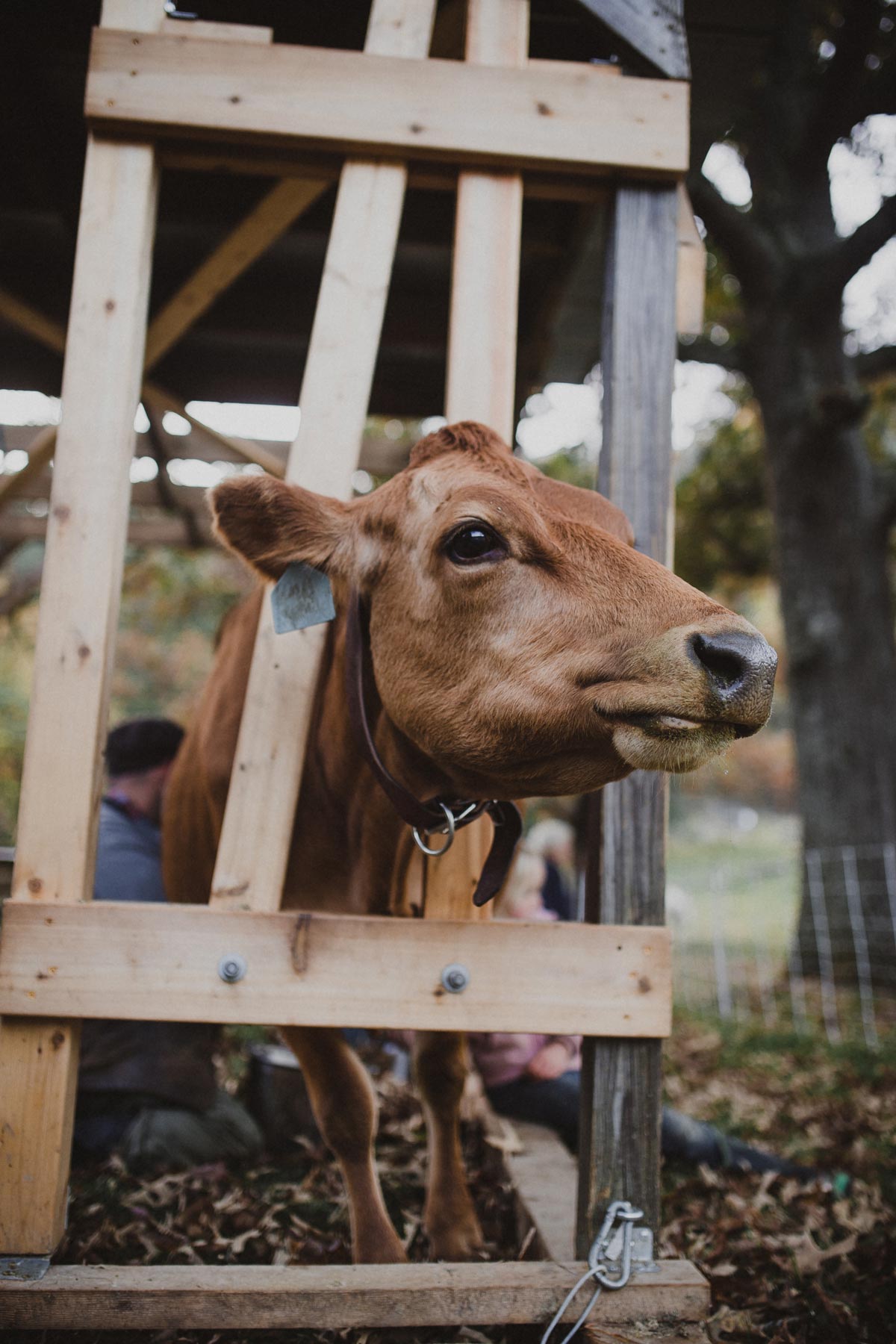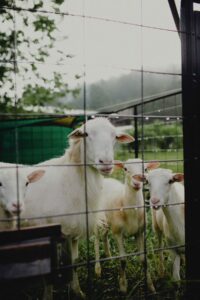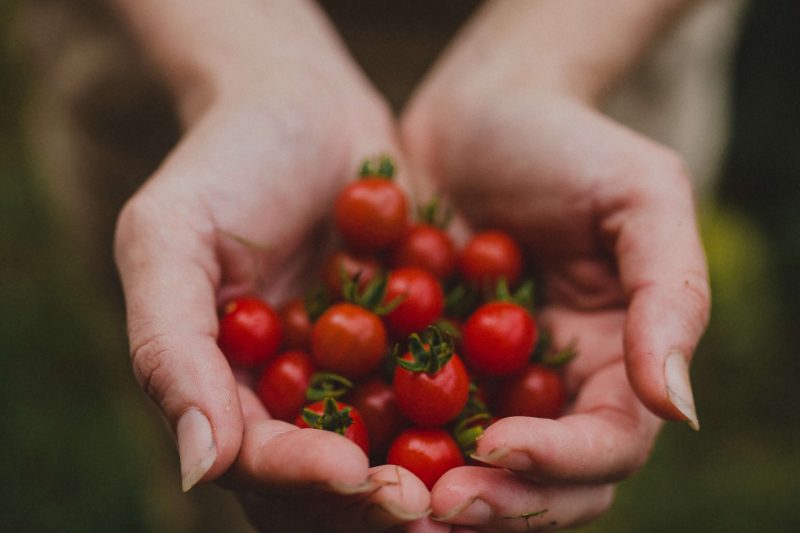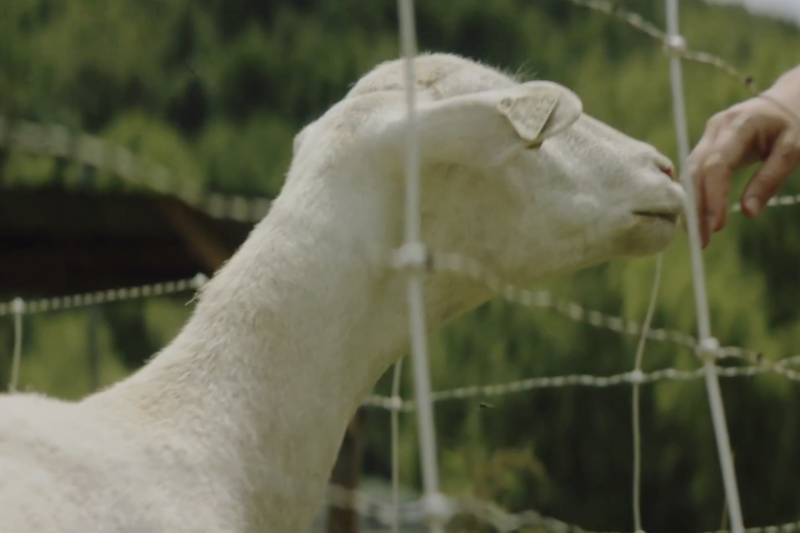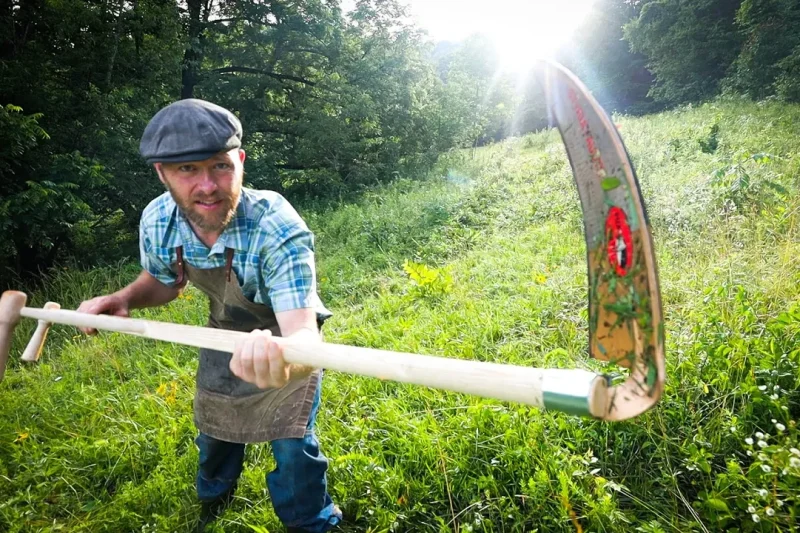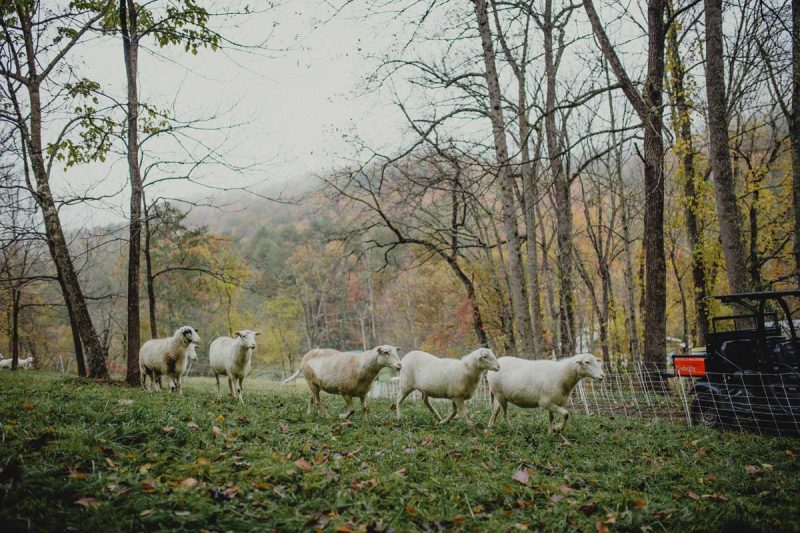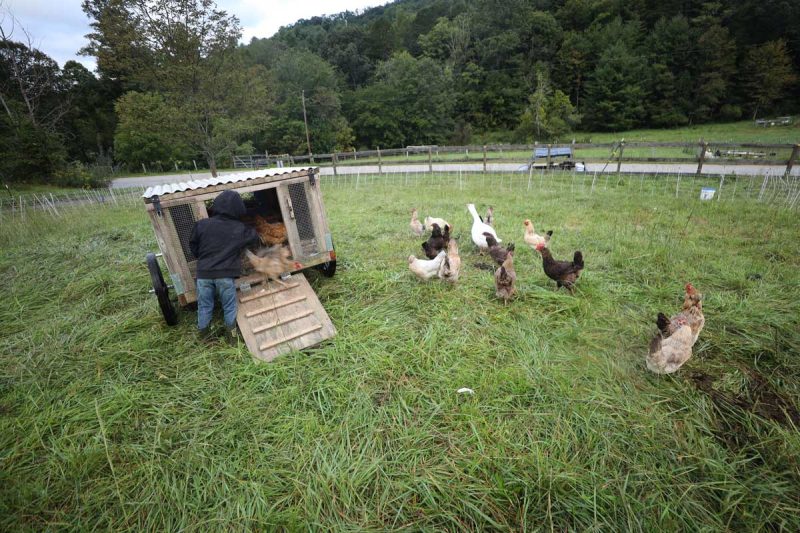It’s important to note that I am not an accredited veterinarian and this post is not intended to diagnose or treat but is for informational purposes only. Please contact your animal care professional before introducing new herbal remedies into their wellness routine.
Prevention is always best when it comes to mastitis, but when prevention isn’t enough, it’s always smart to have the supplies and remedies on hand and know how to treat mastitis in cows before the infection gets too bad.
Why Mastitis Prevention Is Important
Mastitis is one of the most common and expensive diseases to deal with in cattle on a dairy farm. It affects not only the immediate health of the cow but also its future health. A cow is much more likely to have repeated occurrences of mastitis once it contracts the disease the first time.
Mastitis weakens the immune system in the cow and makes it more susceptible to other problems such as lameness and fertility. In extreme cases, you may need to cull infected cows from the dairy herd.
The milk produced from a cow with mastitis is not fit for consumption. You will have to discard it. Whether you have one cow or twenty, this can be costly! If you depend on the milk from your single family cow for all of your homemade dairy products, you will now have to purchase milk elsewhere for a time.
What Is Mastitis?
Mastitis is inflammation from an infection in a cow’s mammary gland and teat canal. It is excruciating for the cow and will lead to reduced milk production. The cow’s udder sometimes turns red and feels hot from the infection. The milk will either look watery or start to clot.
What Are the Different Types of Mastitis?
Two types of mastitis can affect cows.
- Contagious Bovine Mastitis – Contagious mastitis occurs when staphylococcus aureus bacteria passes from cow to cow during the milking process.
- Environmental Mastitis – Environmental mastitis happens from bacteria in the cows’ environment.

What Causes Mastitis?
When you think about the two types of mastitis, both seem to indicate that the cow needs to be in a clean environment to remove itself from risk. However, we know that’s not possible!
A cow is an animal, and keeping it completely clean is impossible no matter how clean you keep your barnyard.
Several things contribute to cows contracting mastitis.
- Unsanitary Milking Equipment – Unsanitary equipment applies more to a milking unit machine than if you are hand milking your cows. Either way, always sanitize your equipment between milkings.
- The Person Milking the Cow – Always wash your hands before touching the cow’s udder. Some take extra precautions using sanitary gloves in addition to hand washing.
- Manure on the Cow – Always wipe down the cow’s udder with warm soapy water. You will need to take 2-3 passes depending on how dirty the cow is.
- Filth in the Stall – It’s essential to keep the living area of the cows as clean and dry as possible. Clean them regularly, scooping out manure and placing down fresh bedding. If the cows live outside, they need adequate space to get out of the manure.
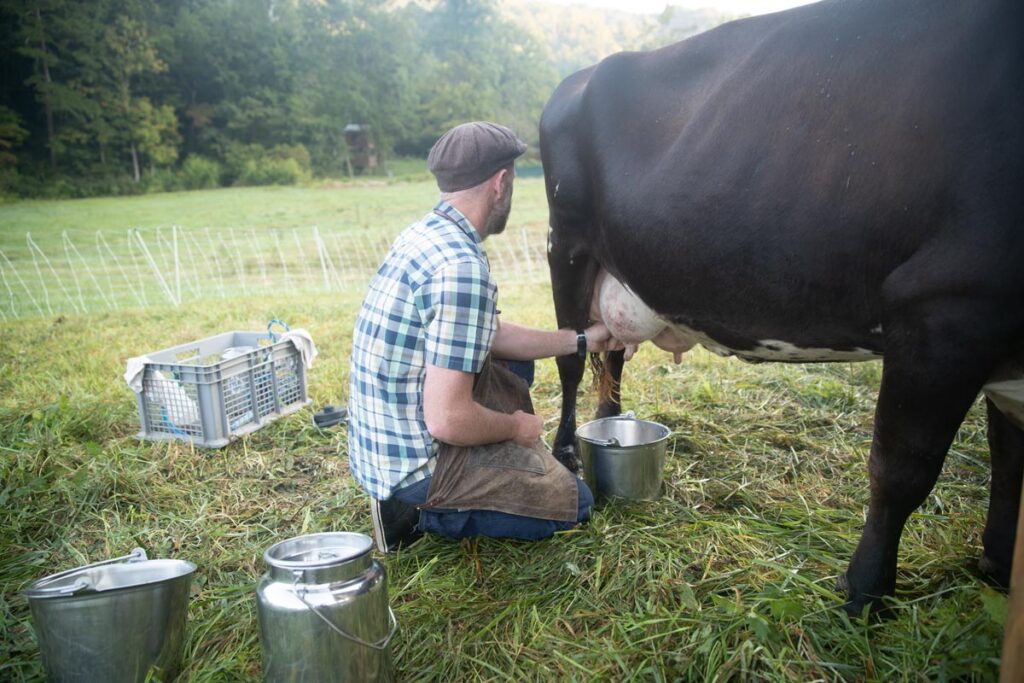
What Cows Are Most Susceptible to Mastitis?
Older cows, heifers, and cross-breed cows in a beef and dairy herd are more susceptible to mastitis. There is also a risk of non-lactating cows carrying the bacteria that cause mastitis, partly due to the cow being previously milked and no longer having its teats flushed out daily.
How Daily Supplementation of ACV Helps Prevent Mastitis
Apple Cider Vinegar (ACV) is high in potassium and other vitamins and minerals. Potassium is known to maximize the nutrition in cattle feed. It helps the cow to ingest and process all of the vitamins and minerals in the feed properly.
ACV also raises the acidity in the cow’s stomach and flushes out harmful toxins and mastitis pathogens. These reasons are why I highly recommend ACV as a supplement for cows.
Supplies Needed
- Apple Cider Vinegar and Water – A cow should consume approximately 1 cup of ACV mixed with equal parts water per day.
- Spray Bottle – At least 16 oz. to hold one day’s application.
How to Prevent Mastitis in Cows With ACV
- Prepare a spray bottle with equal parts ACV and water.
- Pour recommended feed amount for one cow into a bucket.
- Spray feed with approximately 2 cups of ACV mixture.
- Feed the cow and keep it healthy!
Now that you know how to properly prevent mastitis, use these methods and enjoy your dairy animal.

